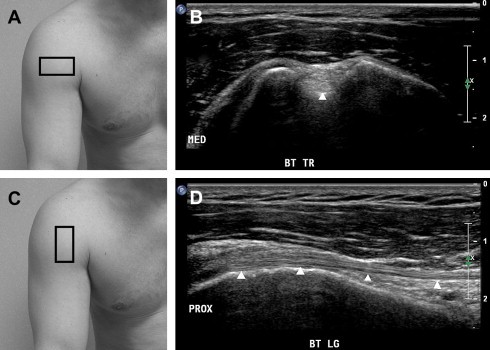What Is Diagnostic Ultrasound?
Diagnostic ultrasound, also known as musculoskeletal ultrasound, uses high-frequency sound waves to create detailed images of soft tissues and bones. Unlike X-rays, which are primarily used to view bones, ultrasound provides dynamic imaging of the body’s soft tissues, helping to identify conditions such as:
Tendonitis
Ligament tears
Muscle strains
Bursitis
Arthritis-related joint issues
Why Choose Diagnostic Ultrasound for Musculoskeletal Issues?
Non-Invasive and Radiation-Free
Unlike some imaging techniques that involve radiation, ultrasound is completely safe and non-invasive. It's an excellent option for patients who need repeated imaging over time, such as those managing chronic conditions.Real-Time, Dynamic Imaging
Ultrasound allows physicians to see soft tissues in motion, which is crucial for diagnosing musculoskeletal issues that may only become evident when moving. This dynamic ability helps pinpoint the exact location of pain and detect issues that static images might miss.Cost-Effective and Accessible
Diagnostic ultrasound is more affordable than MRI or CT scans, and it can be performed quickly in a doctor’s office or clinic. Its accessibility makes it an ideal first-line diagnostic tool for many conditions.Guided Injections and Treatments
Ultrasound is not just for diagnosis—it’s also used to guide therapeutic injections, ensuring precision. For example, if you need a cortisone shot for joint pain, ultrasound guidance helps the doctor place the needle in exactly the right spot for optimal relief.
What Conditions Can Ultrasound Diagnose?
Diagnostic ultrasound is commonly used to identify a wide range of musculoskeletal conditions, including:
Rotator cuff tears
Achilles tendonitis
Carpal tunnel syndrome
Tennis elbow
Hip, knee, and ankle injuries
It's also a go-to option for evaluating joint health, fluid buildup, and nerve damage.
Take Control of Your Musculoskeletal Health
- Immediate Feedback: Physicians can assess the ultrasound results in real time, often during the same appointment.
No Downtime: There’s no recovery time required after an ultrasound, making it a convenient option.
Precision in Treatment: With its ability to guide injections and procedures, ultrasound helps improve treatment outcomes for many conditions.
Conclusion
If you're dealing with muscle, tendon, or joint pain, diagnostic ultrasound offers a safe, accurate, and cost-effective way to get the answers you need. Speak to your healthcare provider about how this technology can help diagnose your condition and guide your treatment plan toward recovery.

